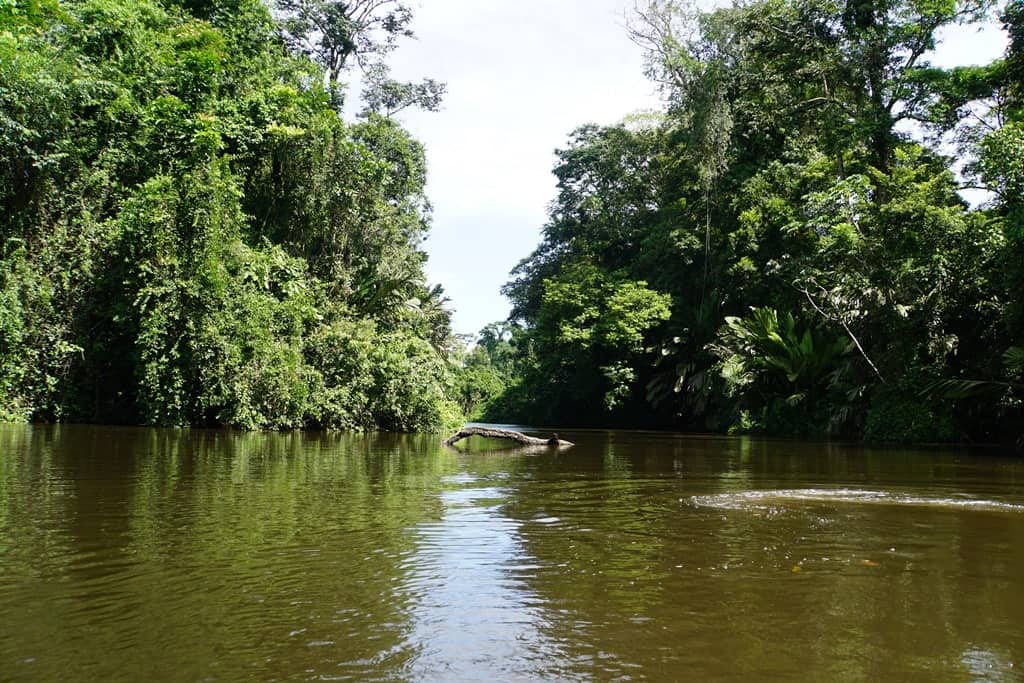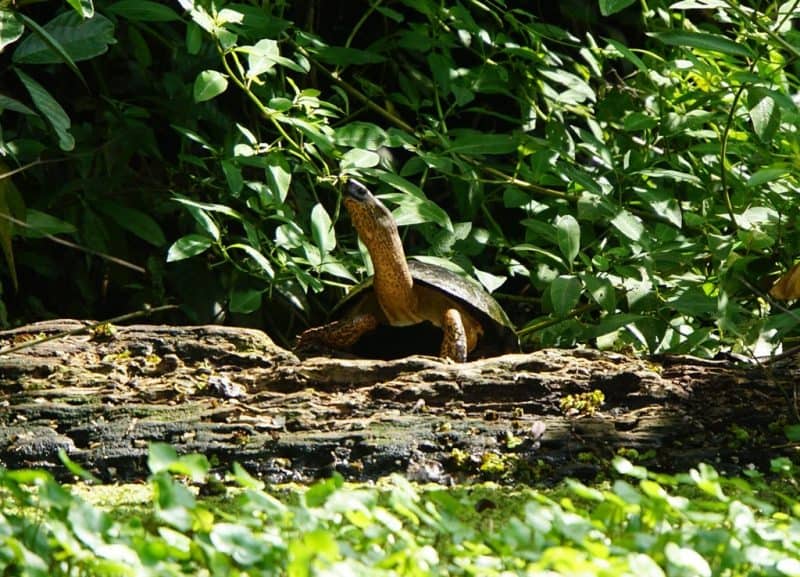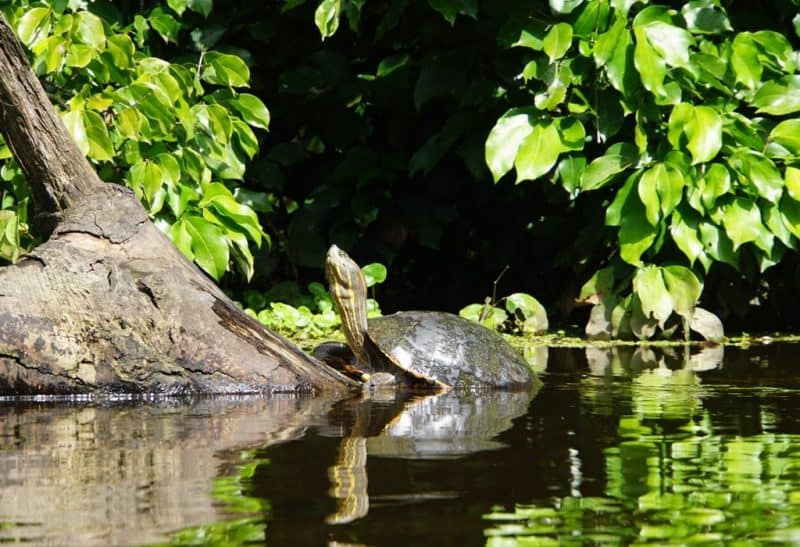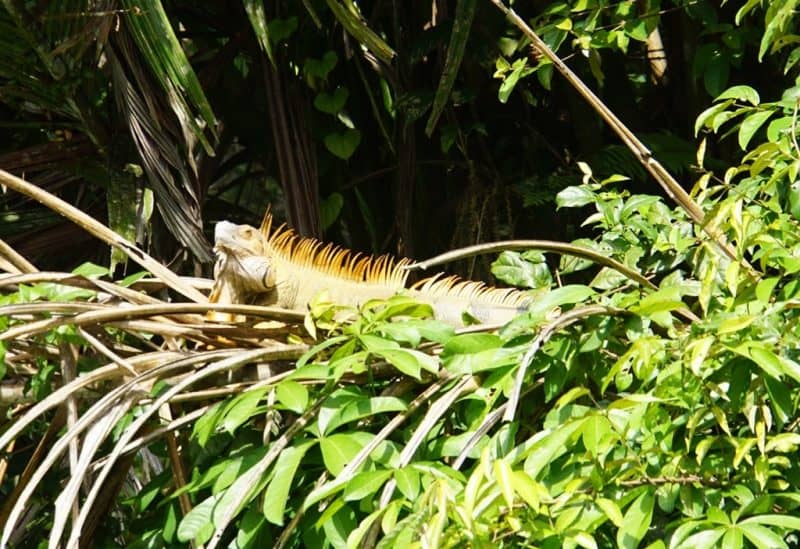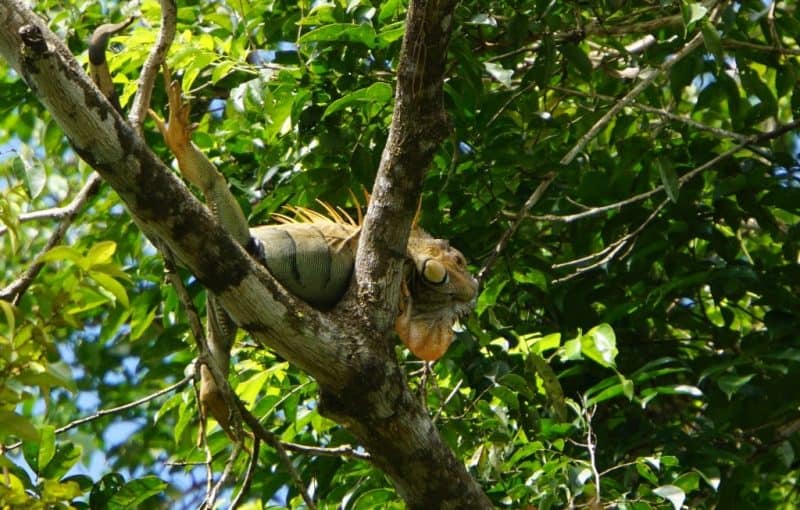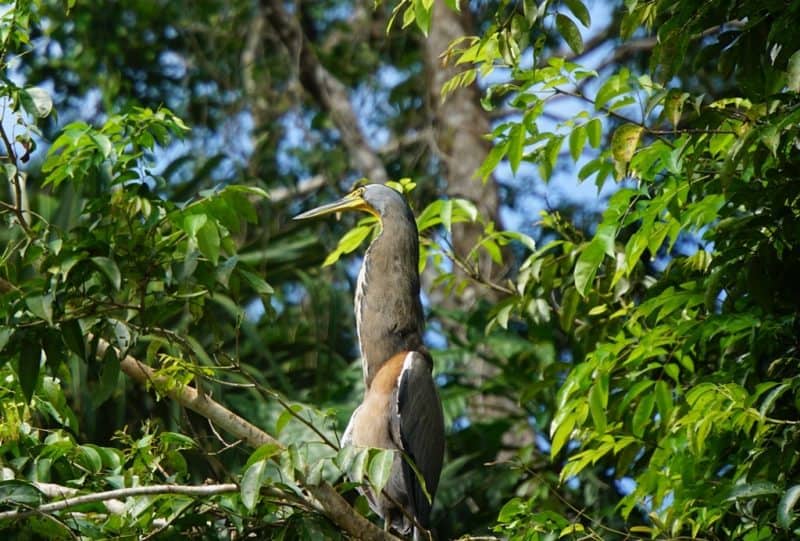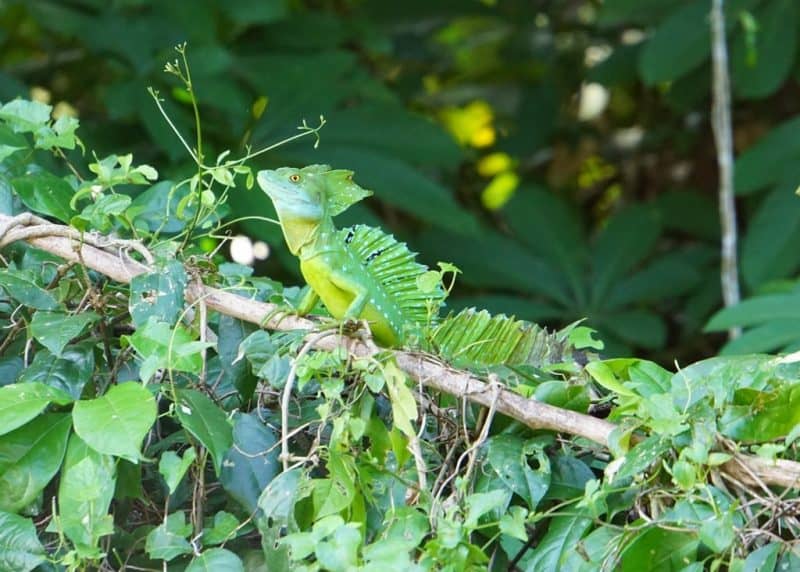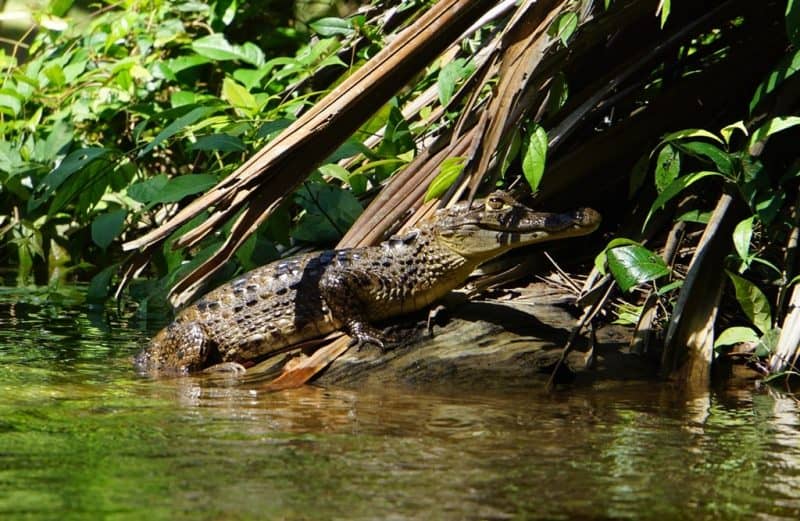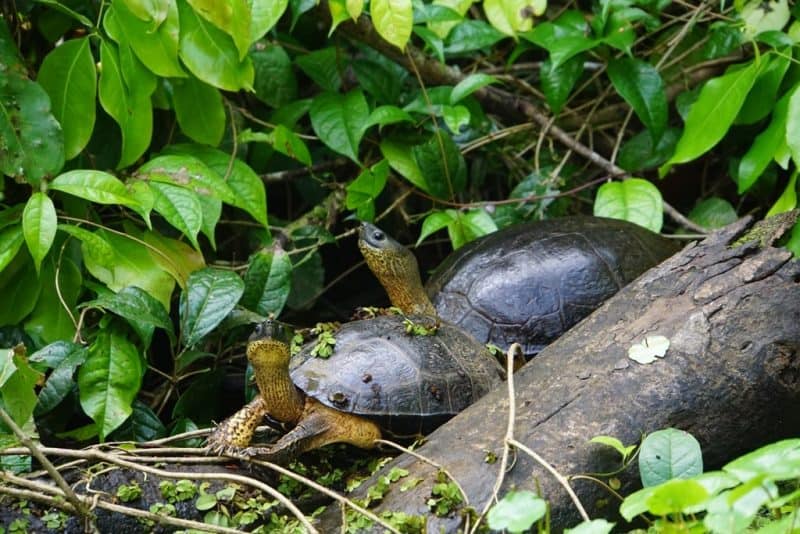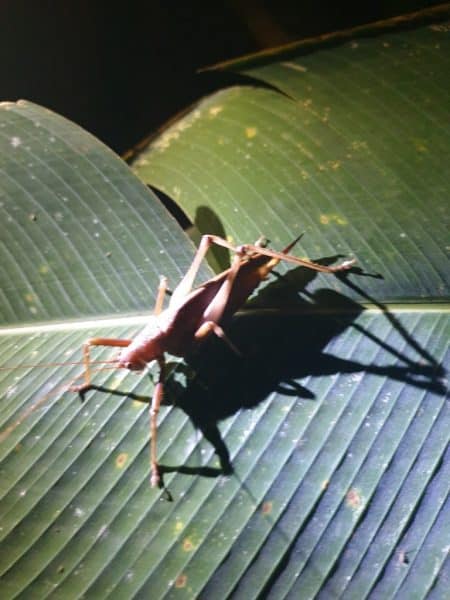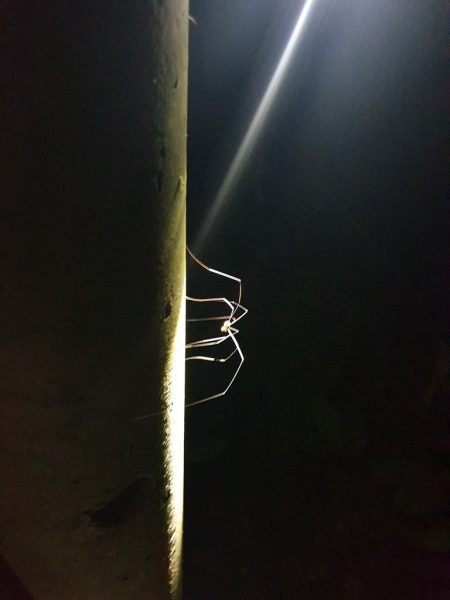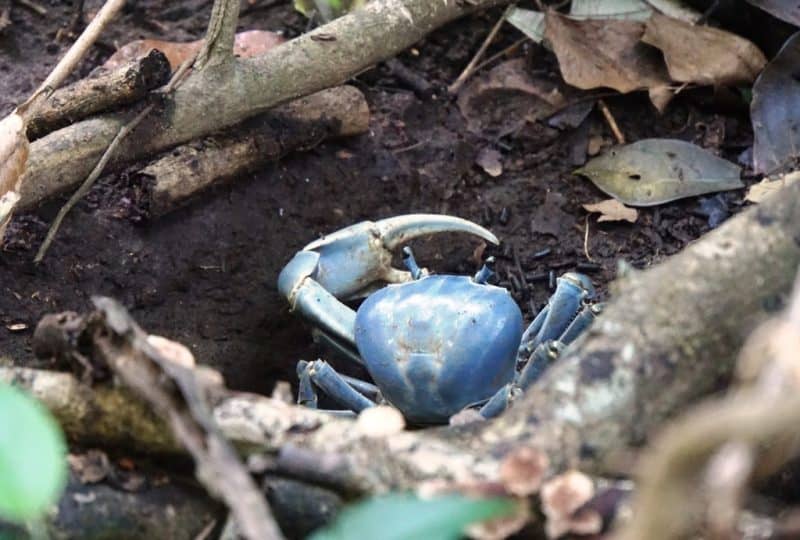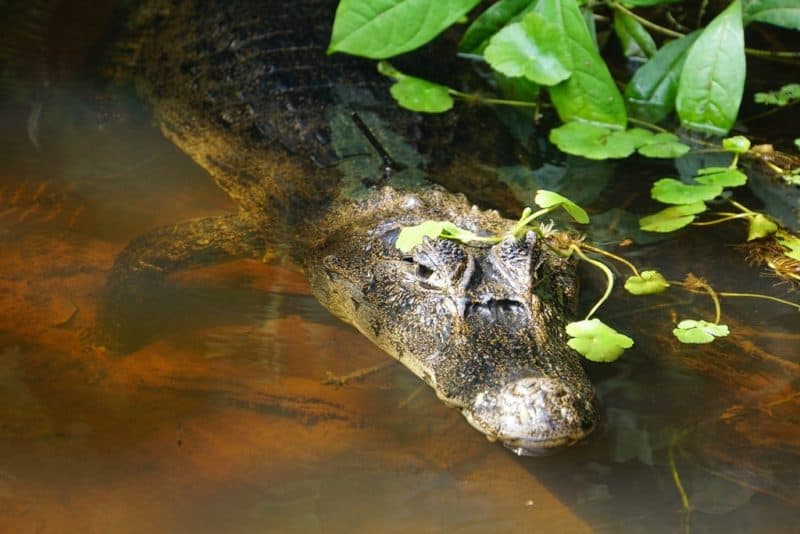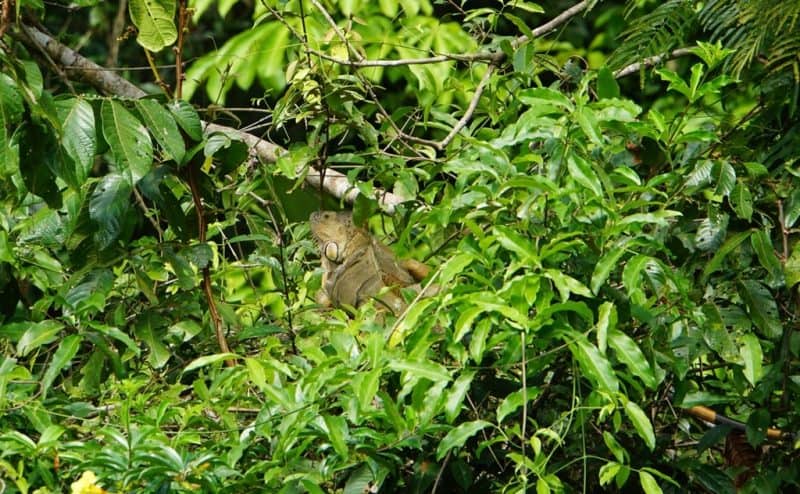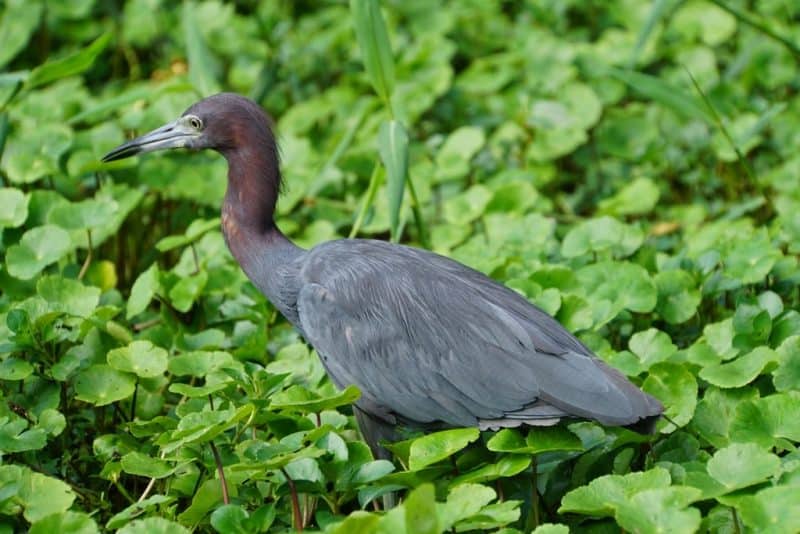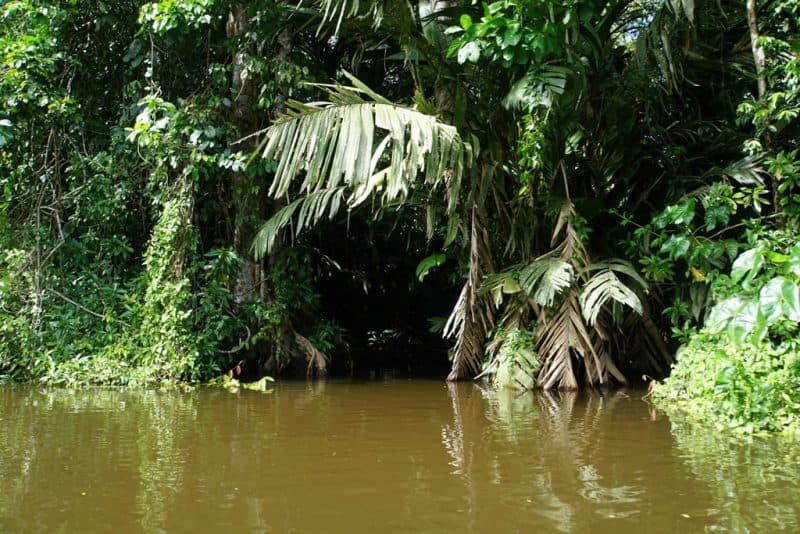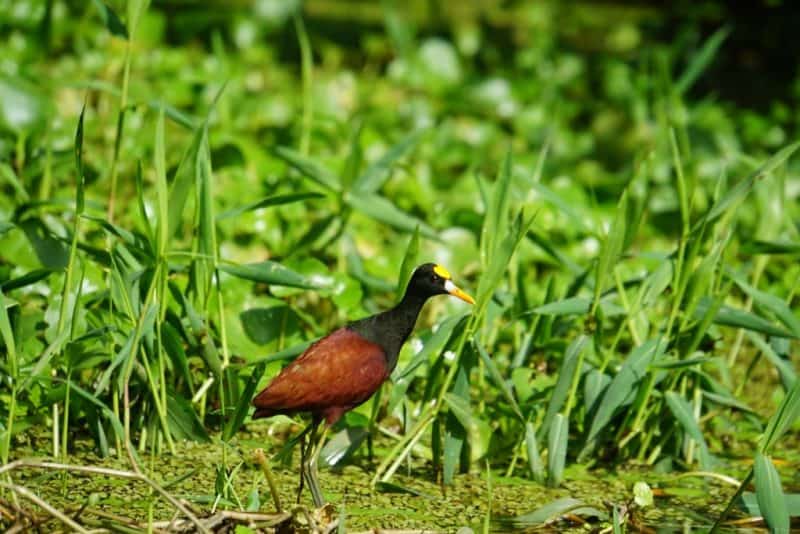On the Northern Caribbean coast of Costa Rica, over 245km away from the capital of San Jose, you will find the quaint and isolated fishing village of Tortuguero.
Tucked away from the mainland, life here has adapted in its own, peaceful way. With a local population of just 2000 people, there are no outside influences, and the main way into the town is by the intricate network of waterways. These waterways serve as a lifeline to the community, bringing in goods and commodities, as well as townsfolk and tourists alike.
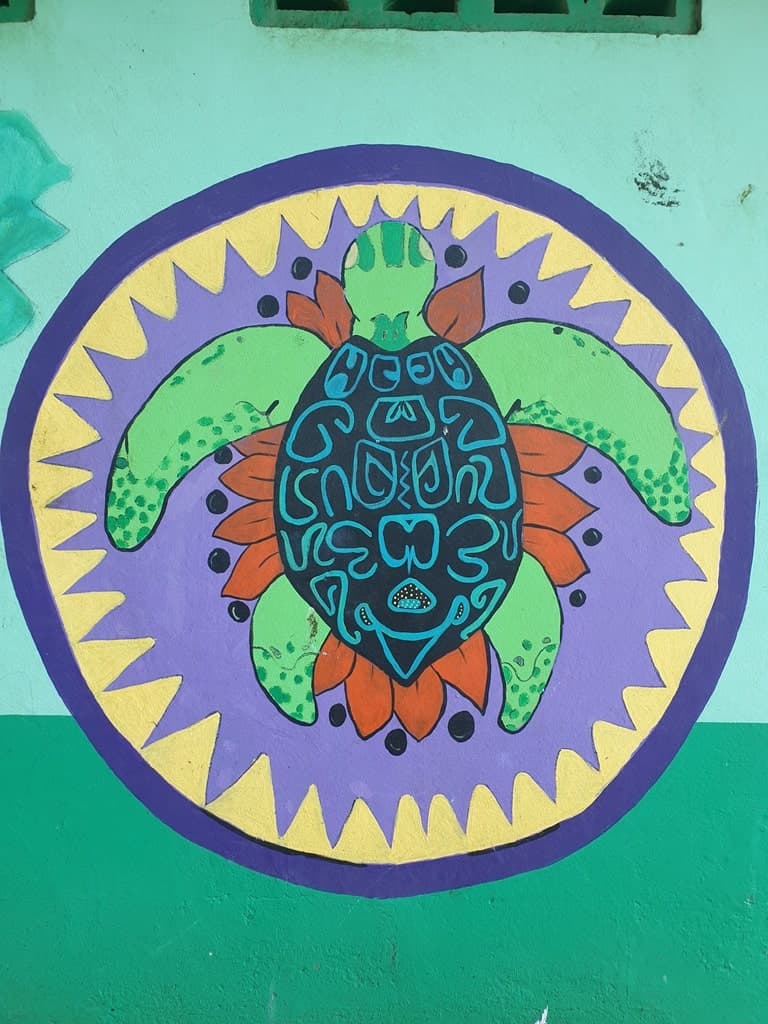
Due to the exceedingly high rainfall of the area (as much as 6ft of rainfall per year), as well as high humidity, Tortuguero is one of the most biologically rich places in all of Costa Rica. This National Park boasts over 300 species of bird and 60 different species of mammals, including the rare and elusive jaguar. Due to this rich biodiversity, many people refer to Tortuguero as “The Amazon of Costa Rica”.
Unlike other Parks within Costa Rica, stealthily walking through jungle trails may actually serve as a hindrance. Instead, one of the best ways of observing wildlife is to hit the waterways.
Disclaimer: This post contains affiliate links. This means that should you click on certain links, and then subsequently purchase a product, I will receive a small commission.
Table of Contents
Visiting the Tortuguero National Park
History of Tortuguero
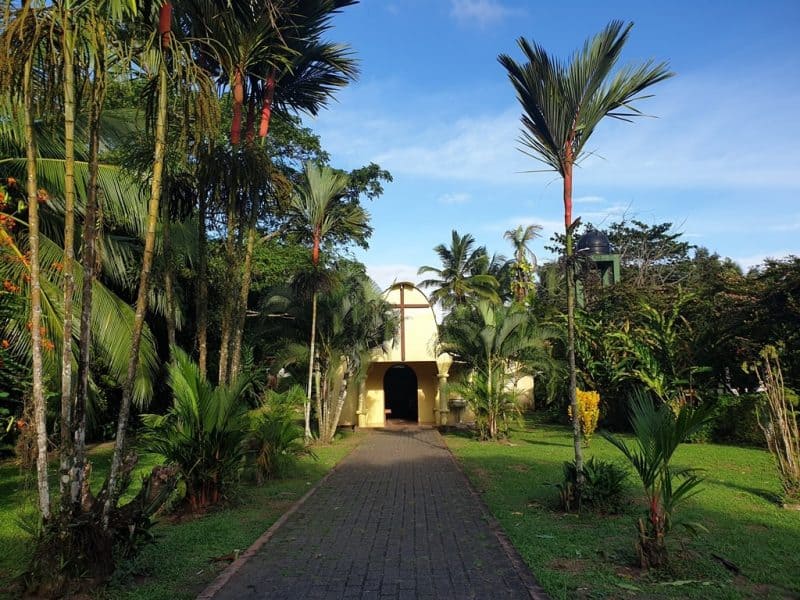
It is thought that the village of Tortuguero was founded nearly 100 years ago, in 1930, by a Colombian family. Soon after, the area fell victim to deforestation and exploitation.
Just decades ago, Tortuguero was rife with poachers and hunters. Locals would gather the prized bounty of turtle eggs, as well as bushmeat – the meat of wild animals found in the surrounding jungle. It is thought by many that sea turtle eggs are an aphrodisiac, but this is just a myth.
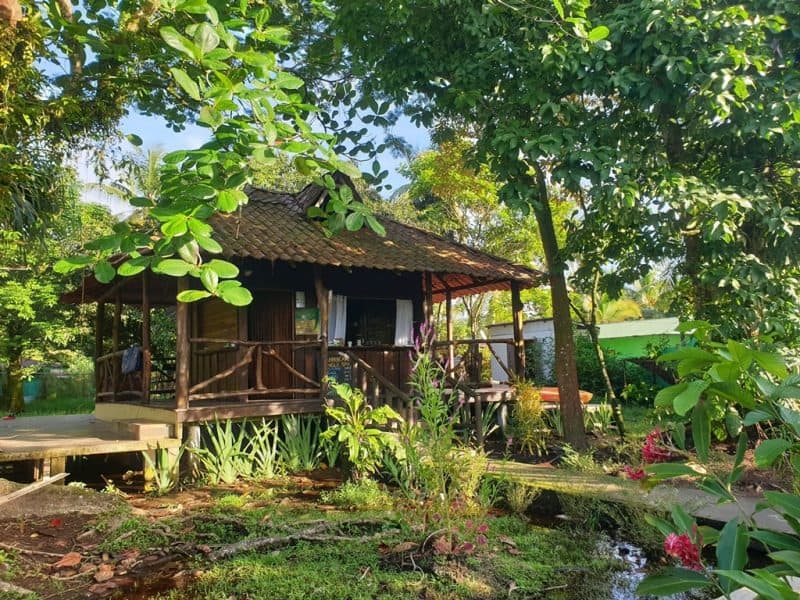
Roughly translated as “turtle catcher” in Spanish, locals coined this term for Tortuguero after the staggering quantity of sea turtles that nest on the beaches here. By the 1950s, local settlers had near exhausted their natural resources, and turtle species were nearly extinct.
After the dedicated research and conservation of Dr. Archie Carr, an academic from the University of Florida, Tortuguero has designated a turtle nesting sanctuary in 1963. A few years later, in 1970, the area was titled a National Park. The park itself now spans over 46000 acres, encompassing a range of habitats, including mangroves, beaches, lowland rainforest, freshwater rivers, and coastal systems.
Things to Do in Tortuguero
Sea Turtle Watching
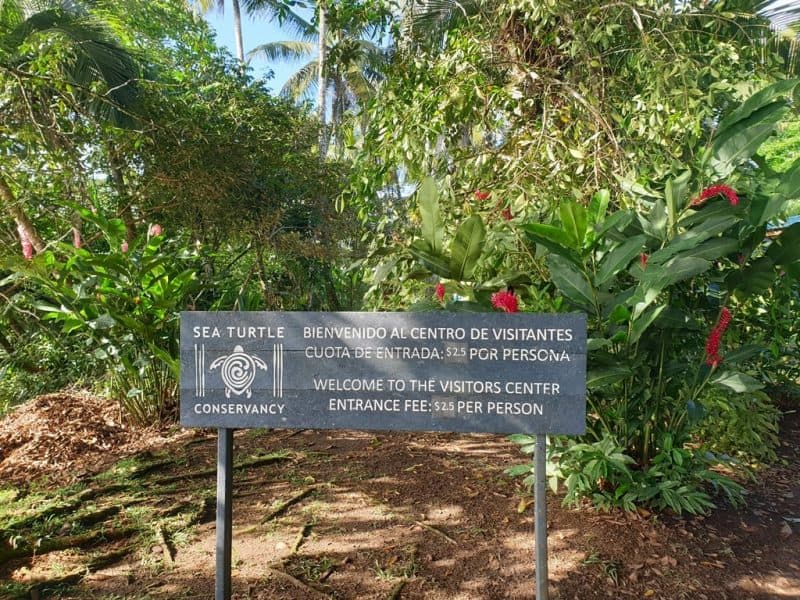
Without a shadow of a doubt, one of the main attractions to the region is the sea turtles. On the shores of Tortuguero, visitors have the opportunity of witnessing 4 of the 7 species of sea turtles found in the world’s oceans – Green Sea Turtles, Leatherback’s, Hawksbill turtles, and occasionally, Loggerhead turtles.
The best time to witness such a congregation of these marine-going reptiles is between the months of July to October – with August being the optimal month. As all species of turtles are still considered endangered, sea turtle watching should most definitely be included on your list of things to do in Tortuguero.
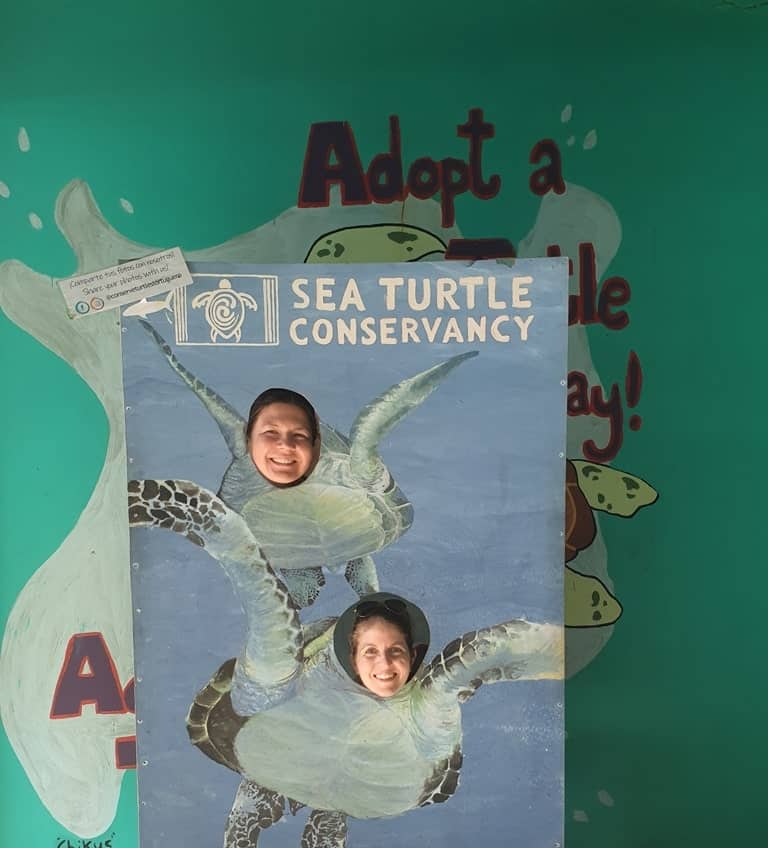
To fully understand sea turtles, discover the Caribbean Conservation Center (CCC). For just a $1 entrance fee, researchers and volunteers share fascinating information about the sea turtles around Tortuguero.
Check out: Turtle Nesting Sightseeing Tour in Tortuguero
River Tours
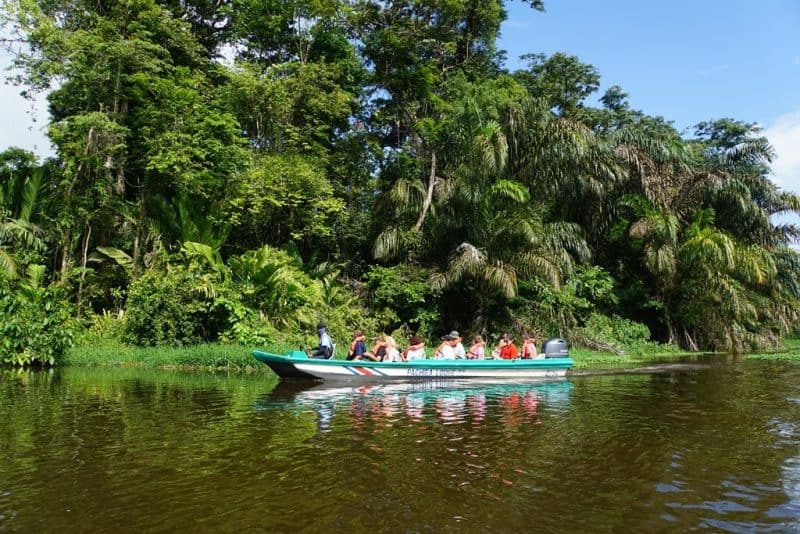
The best way to truly appreciate the raw beauty of Tortuguero is to hit the many freshwater canals and tributaries that flow around the Tortuguero. Many of the species in Tortuguero have adapted to river life. Some of the most commonly sighted animals include caiman, turtles, herons, and monkeys.
A variety of tour companies operate from the main town and offer exciting wildlife spotting excursions from a unique viewpoint. Choose from single kayaks, multiple-person canoes, or group riverboat trips.
Each offers distinct advantages, however, kayaking is one of the most popular options. This allows for individuals to explore narrow waterways, rich with vegetation and nature.
You might like this Canoe Tour in Tortuguero National Park.
Night Tours
Twilight is a time of mystery and wonder. Species that hideaway during the day, now venture into the world. Many animals around Tortuguero can only be observed at night, and the best way to see them is to book on to a guided night tour.
Often with bilingual and knowledgeable guides, they take you through open trails and into the wilderness of Tortuguero in hopes of finding nocturnal residents such as sloths, snakes, raccoons, frogs, and maybe in turtles (depending on the season).
You might be interested in: A night walk tour.
Tortuguero Beach
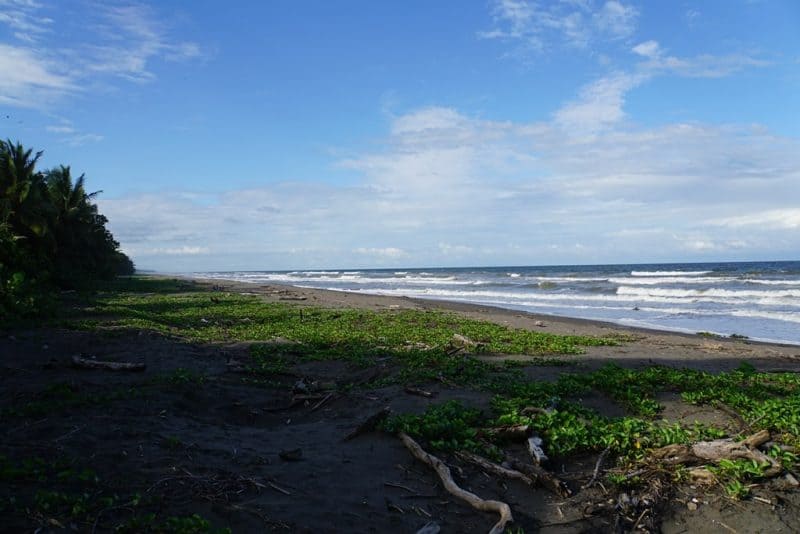
Perhaps one of the most important places in Tortuguero, the beach here offers refuge to an array of turtle species that come to lay their eggs at night.
The beach is vast, stretching for many kilometers into the National Park. Although not the most stunningly beautiful beach in Costa Rica, the undeveloped scenery plays host to a range of wild animals. If you’re lucky, you may spy jaguar footprints!
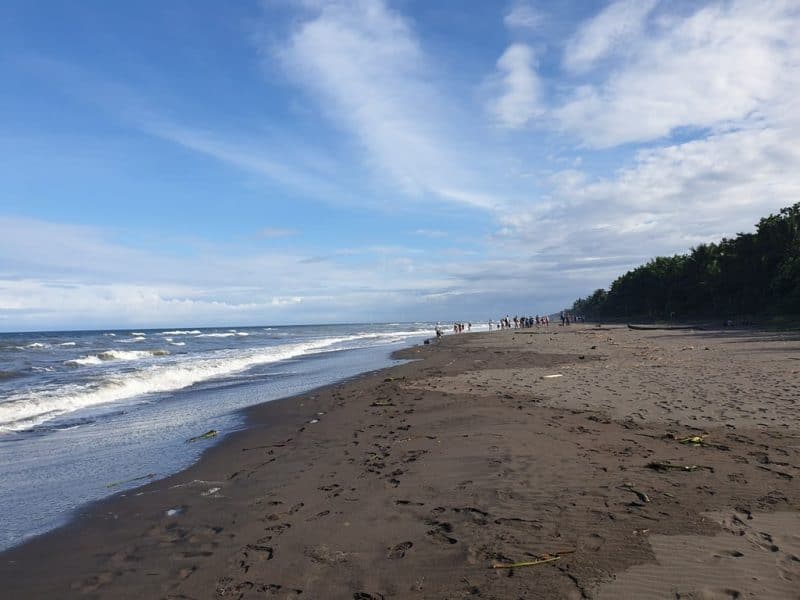
Word of warning, this beach is not suitable for swimming. Although many locals do venture into these waters, it is not recommended. Deadly rip currents have claimed the lives of many tourists.
How to get to Tortuguero National Park
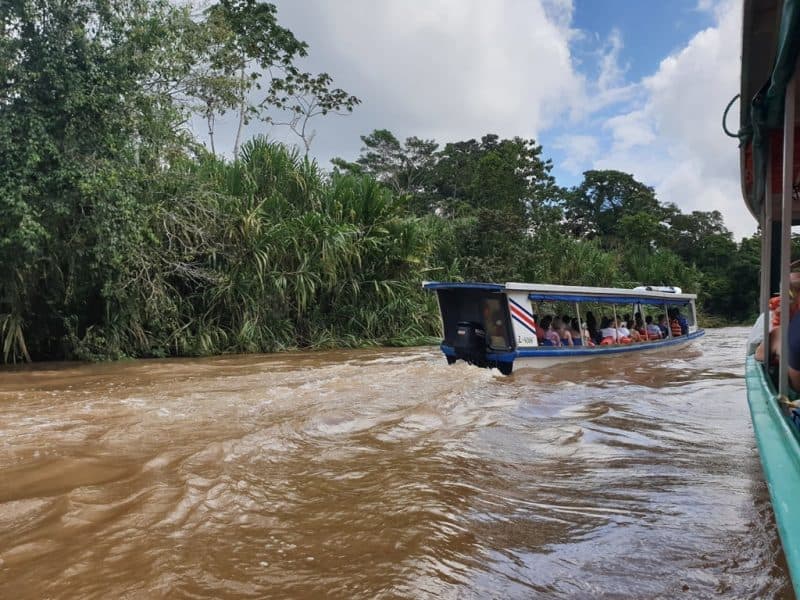
Tortuguero certainly isn’t easy to get to. However, for those staying in Costa Rica for a while, be sure to travel here.
Due to the remote location, driving is simply impossible. Rather, there are two viable options. For those on a tighter budget, take the bus from the capital, San Jose, towards La Pavona. If you are traveling from Arenal or other inland destinations, you can also take a bus to La Pavona. For those coming from the Caribbean coast, take the bus to the port of Moin.
From either Moin or La Pavona, you will then need to take a boat to Tortuguero. Depending on your hotel package, you may have a private boat waiting.
If not, there are plenty of public boats that shuttle tourists towards the main town in Tortuguero. Boats typically hold between 10-25 people, including locals who travel to and from the mainland.
From the port of La Pavona, the trip takes approximately 1.5 hours. This is the start of your adventure, as the boat meanders peacefully down the nature-laden canals. Keep an eye on the canopy, as you pass through lush rainforests. The trip from Moin takes longer, lasting about 4 hours.
For those not worried about budget, there is the option to fly directly from San Jose to the small airstrip in Tortuguero. The main advantage of this is the time difference, as the trip only lasts between 30-60 minutes in total. One of the most popular carriers is Sansa Airlines, a domestic flight service within Costa Rica. Prices start from $70.
Where to stay in Tortuguero National Park
Pachira Lodge
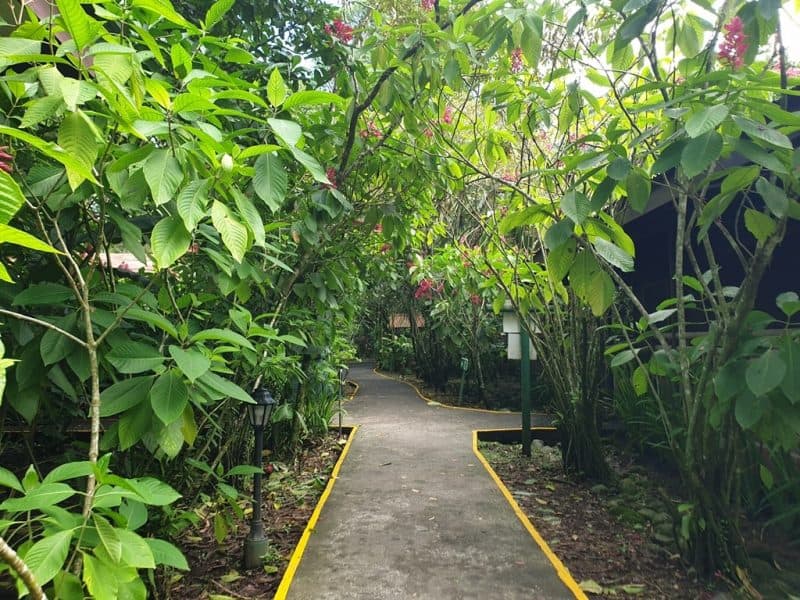
A large, yet eco-conscious resort, Pachira Lodge is set amid 34 acres of exotic flora and fauna. Conveniently located just 3 minutes from the main town and 5 minutes by boat to the entrance of Tortuguero National Park.
The Lodge boasts nightly packages, offering class services, including transportation from San Jose, food, and tours. A great way to immerse yourself in a Tortuguero adventure, without the stress. To find out more about prices and offers, check out the link below.
Click here for more information and to book your stay.
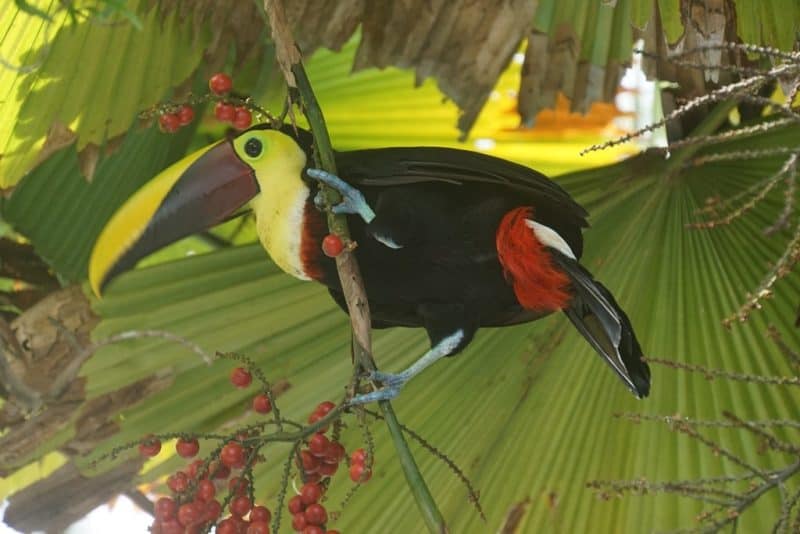
Mawamba Lodge
If you’re looking for that added dash of luxury to your authentic jungle experience, discover Mawamba Lodge. A prime example that luxury doesn’t have to cost the environment, Mawamba has a low impact on the fragile ecosystem of Tortuguero – using locally sourced products and a biodigester to recycle energy.
Mawamba is ideally situated, placed on a land strip between the Caribbean Sea and Tortuguero Canal, and offers spectacular views. Rooms come with a private patio and hammock, for you to enjoy the stunning scenery of the rainforest.
Click here for more information and to book your stay.
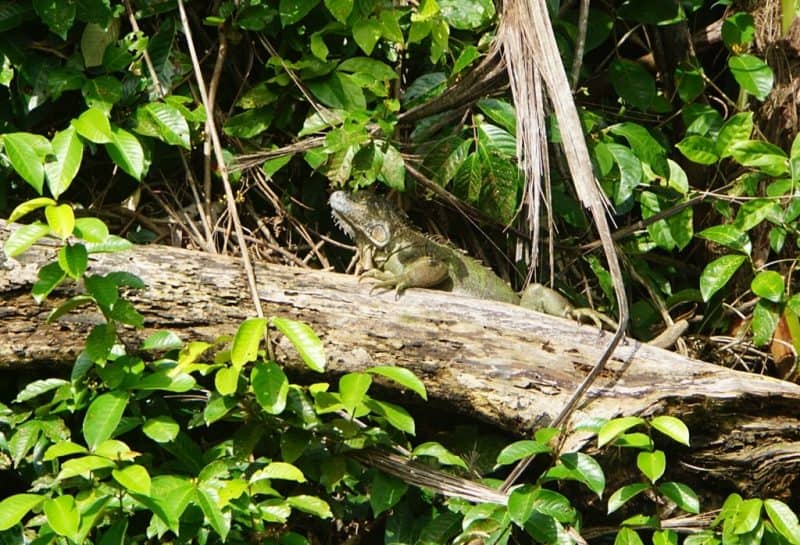
FAQ About Tortuguero National Park
In order to fully enjoy what Tortuguero National Park has to offer you need between 2 to 3 days there.
There are more than 400 species of birds including toucans and blue herons. Other animals you can see are sloths, spider monkeys, capuchin monkeys, howler monkeys, turtles, jaguars, pumas, caimans, crocodiles, snakes, spiders, and more.
Have you been to Tortuguero National Park?
You might also like my other posts on Costa Rica:
A Guide to Visiting the Poas Volcano
A Guide to Sarchi, Costa Rica

